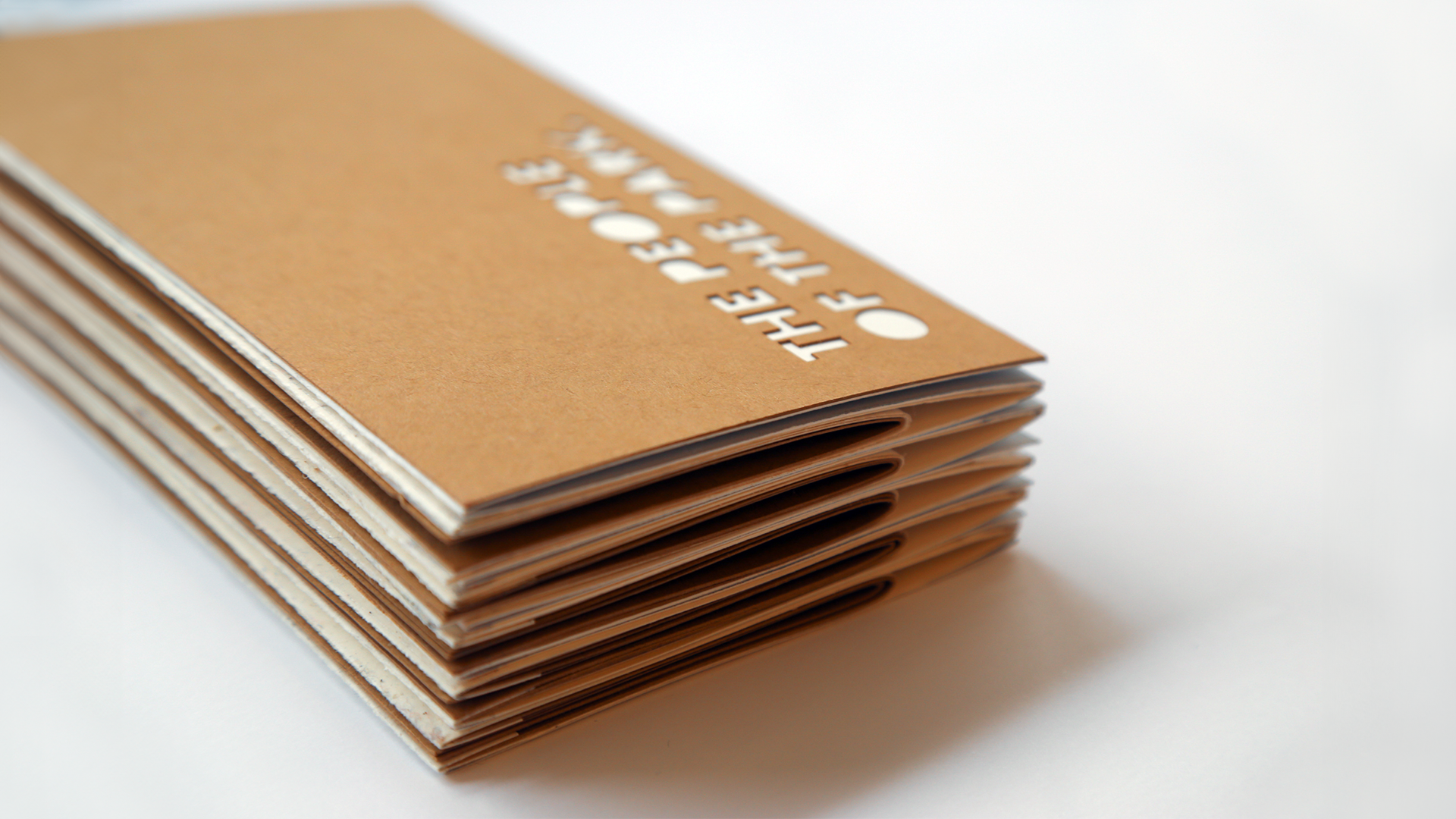Hi, I’m Lexi, a multidisciplinary graphic designer in NYC, exploring print + digital design with curiosity, storytelling,
and creative ideas.





What does the visual evolution of Seneca Village into Central Park look like, and how was their land taken?
The People of the Park is a landscape visual carousel book exploring the changing landscape of Seneca Village and the creation of Central Park.
Seneca Village was founded in 1825 and became a home to many Black Americans, and Irish and German immigrants after the abolition of slavery in 1827 in New York state. This lively village was home to 350+ residents over 5 acres of land.
The idea for Central Park was influenced by European parks, like Hyde Park, and ideated by Frederick Law Olmstead and Calvert Vaux. The park’s placement from 59th St to 106 St destroyed and displaced the entireity of Seneca Village, ruining its two schools, two cemeteries, and three churches.
2001 was the first time a historical marker was placed on site. The colonial history of the park’s development remains seldom informed.
︎︎︎ Course: Integrative Studio
︎︎︎ Roles: Graphic Designer, Print Production
︎︎︎ Deliverables: Carousel Book